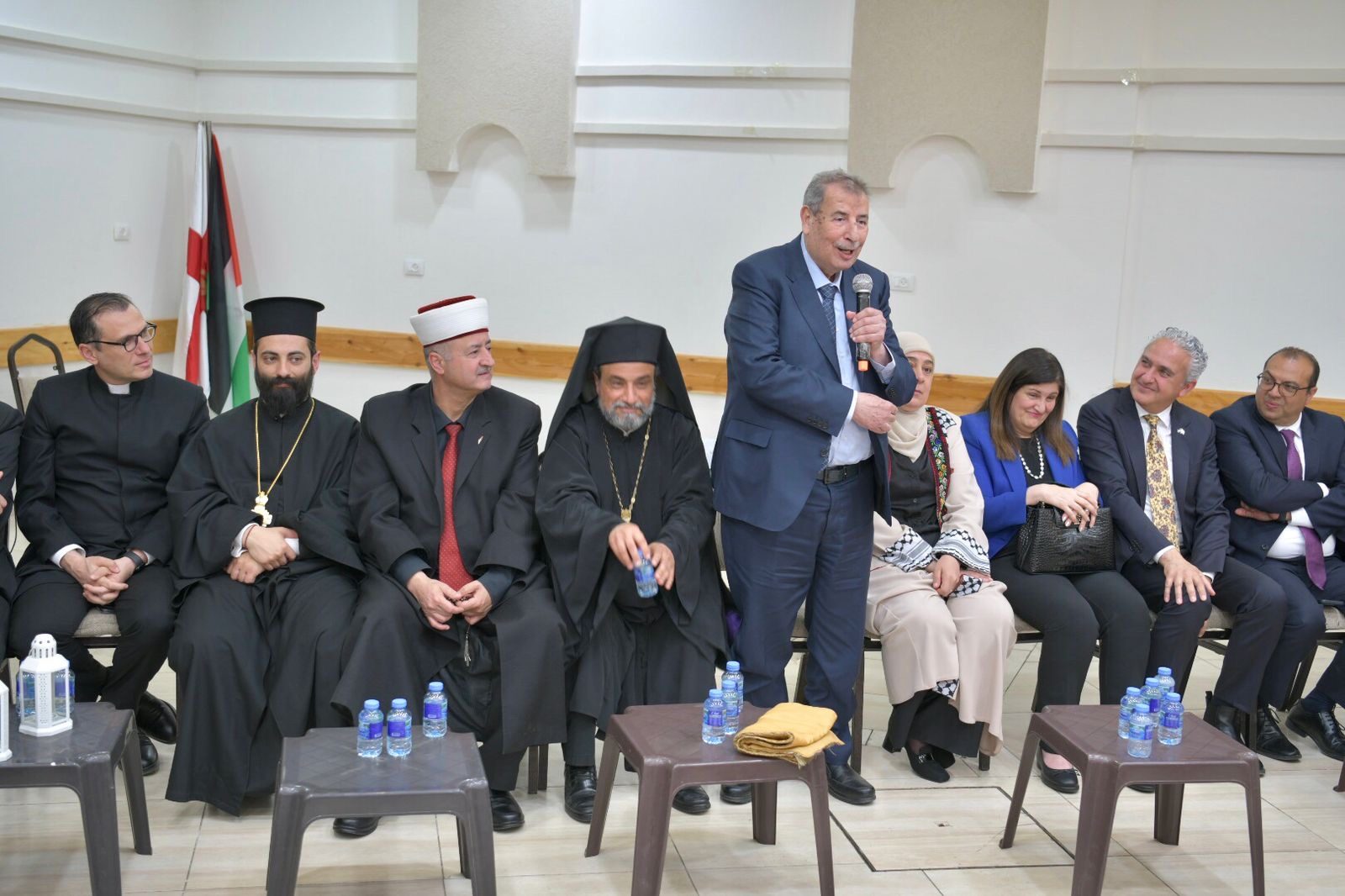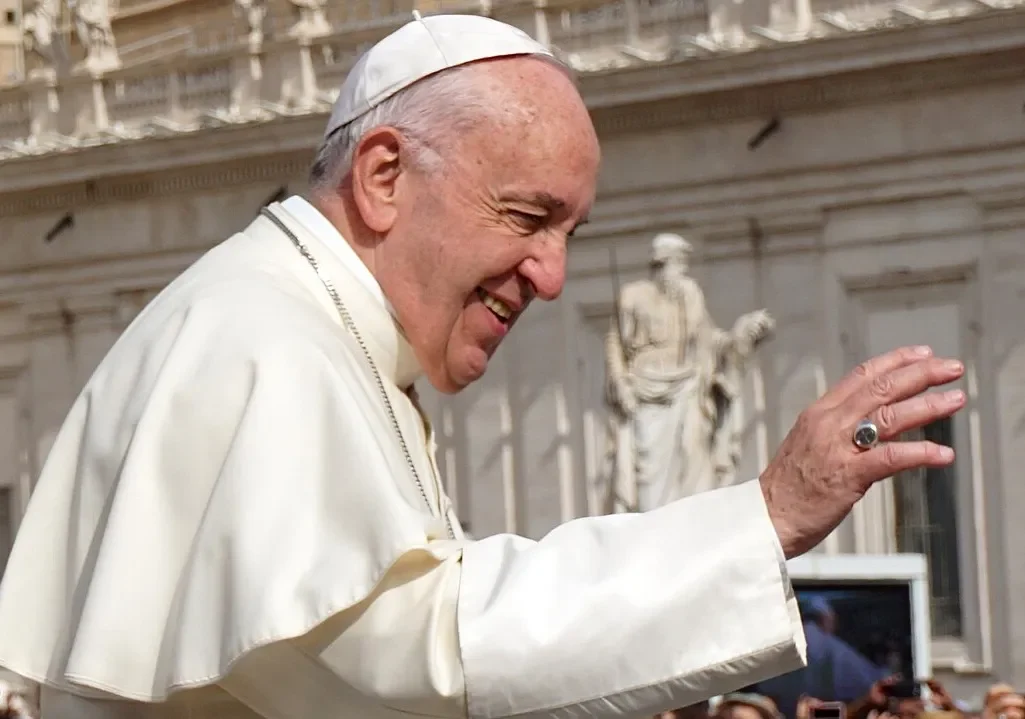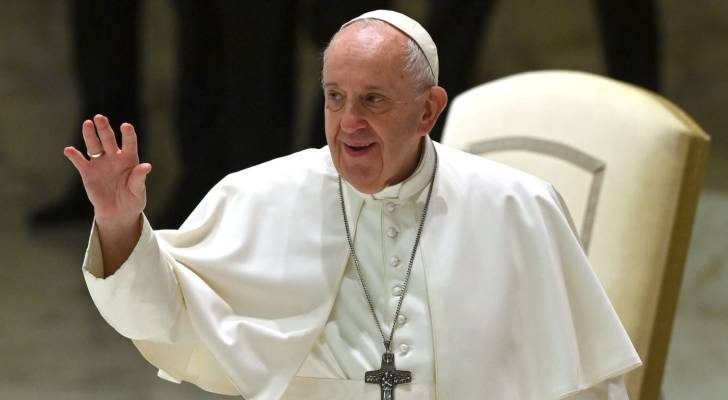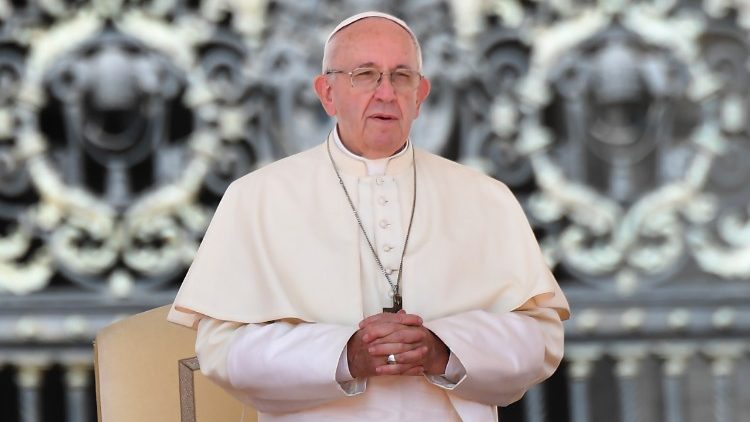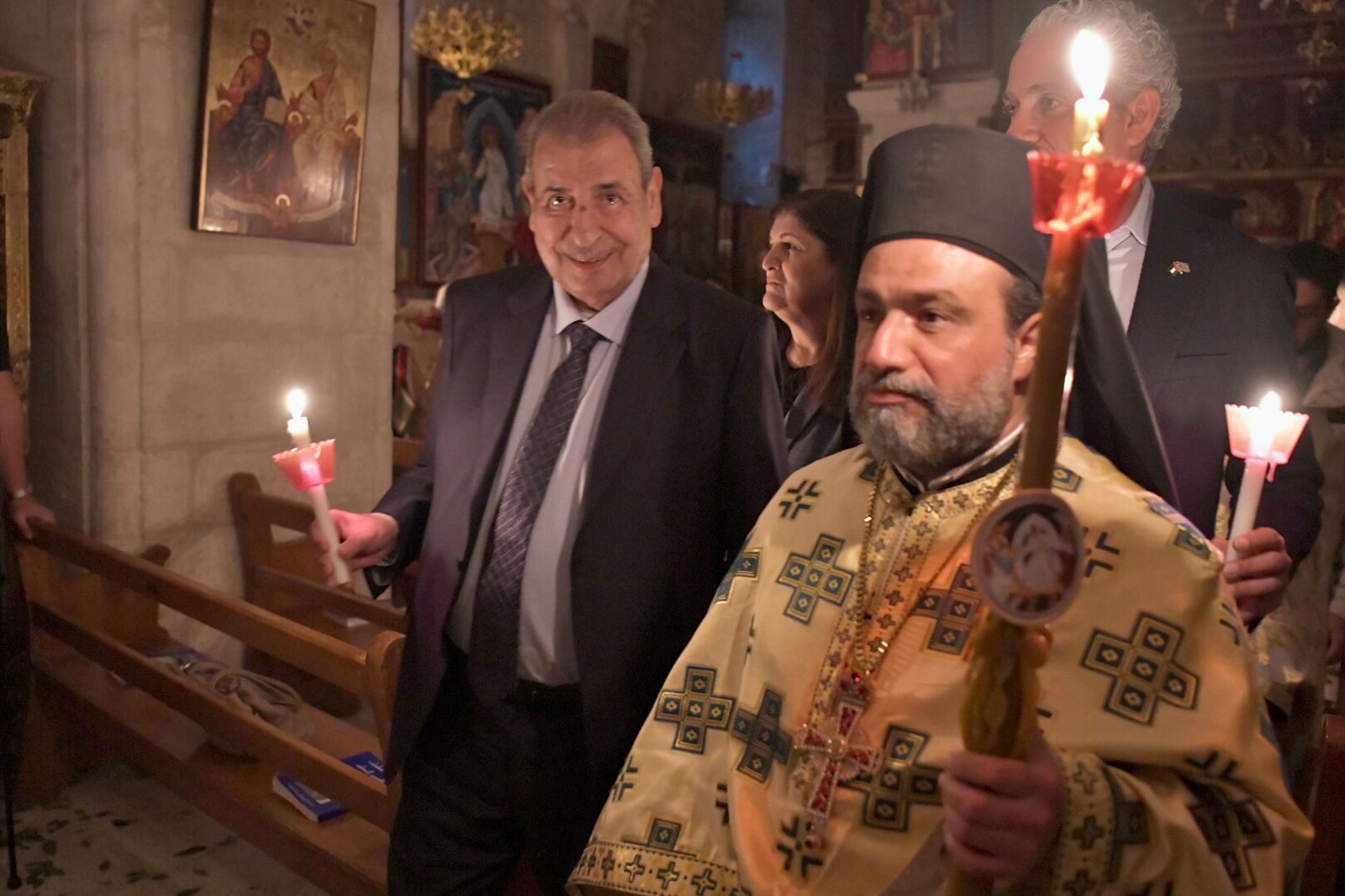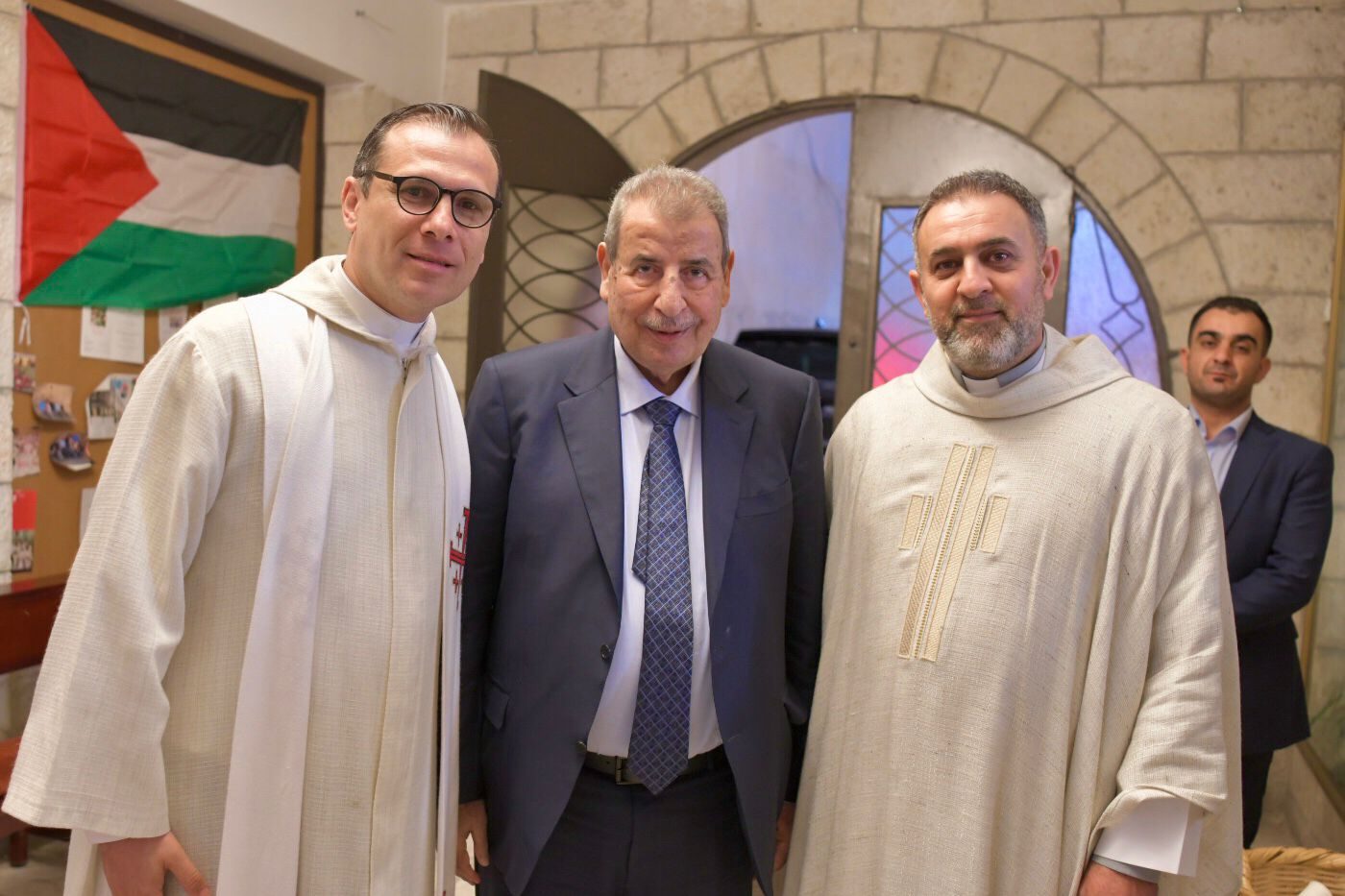Dr. Ramzi Khouri, member of the PLO Executive Committee and head of the Higher Presidential Committee for Church Affairs in Palestine, participated in the annual Holy Fire reception ceremony in Ramallah on Saturday. The event was held in the presence of Ramallah and al-Bireh Governor Dr. Laila Ghannam, Ramallah Mayor Issa Qassis, Sheikh Majed Saqrr, several religious leaders, and a large gathering of worshippers.
Due to the ongoing Israeli assault on the Gaza Strip, this year’s event was limited to religious rituals. The Holy Fire was received at the Greek Orthodox Church of Transfiguration.
In his address, Dr. Khouri conveyed greetings from President Mahmoud Abbas, highlighting the resilience of Gaza’s people who continue to observe their religious traditions despite the immense suffering. He called for intensified efforts to strengthen the Christian Palestinian presence across all governorates and urged churches around the world to take a firm stance against Israeli violations and demand respect for international law.
Sheikh Majed Saqrr emphasized that the Holy Fire symbolizes hope in the face of adversity, while Mayor Issa Qassis underlined the importance of national perseverance and empowerment amid ongoing hardships.
Governor Laila Ghannam praised the unwavering support of Ramallah’s expatriate community for the steadfastness of the Palestinian people. She also stressed the importance of holding onto joy and spiritual celebration in the face of occupation, particularly in light of the suffering of Gaza’s churches, which have been deprived of receiving the Holy Fire. She expressed hope that next year, Dr. Khouri would deliver the President’s greetings from the Church of the Holy Sepulchre in Jerusalem, after liberation, affirming the steadfastness of Palestinians in their holy land.
Speaking on behalf of the Ramallah Council of Churches, Reverend Dr. Munther Isaac reflected on the significance of receiving the Holy Fire for the second consecutive year under the shadow of aggression and forced displacement. He described the Palestinian people’s resilience as an act of resistance, highlighting that the ceremony continues to embody Palestinian identity and culture despite the severe restrictions imposed by the Israeli occupation. He also drew attention to the plight of Gaza’s churches, which remain unable to freely practice their religious traditions.

